
A botanical garden or botanic garden is a garden with a documented collection of living plants for the purpose of scientific research, conservation, display, and education. It is their mandate as a botanical garden that plants are labelled with their botanical names. It may contain specialist plant collections such as cacti and other succulent plants, herb gardens, plants from particular parts of the world, and so on; there may be glasshouses or shadehouses, again with special collections such as tropical plants, alpine plants, or other exotic plants that are not native to that region.

The Singapore Botanic Gardens is a 165-year-old tropical garden located at the fringe of the Orchard Road shopping district in Singapore. It is one of three gardens, and the only tropical garden, to be honoured as a UNESCO World Heritage Site. The Botanic Gardens has been ranked Asia's top park attraction since 2013, by TripAdvisor Travellers' Choice Awards. It was declared the inaugural Garden of the Year by the International Garden Tourism Awards in 2012.
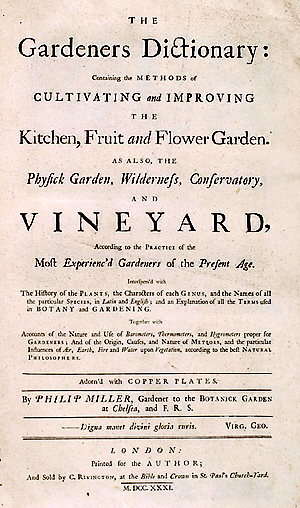
Philip Miller FRS was an English botanist and gardener of Scottish descent. Miller was chief gardener at the Chelsea Physic Garden for nearly 50 years from 1722, and wrote the highly popular The Gardeners Dictionary.

Henry Nicholas Ridley CMG (1911), MA (Oxon), FRS, FLS, F.R.H.S. was an English botanist, geologist and naturalist who lived much of his life in Singapore. He was instrumental in promoting rubber trees in the Malay Peninsula that led to a level of rapid deforestation, instrumental in the 1926 Great Flood. For the fervour with which he pursued this work he came to be known as "Mad Ridley".

Lalbagh Botanical Garden or simply Lalbagh, is an botanical garden in Bangalore, India, with an over 200-year history. First planned and laid out during the dalavaiship of King Hyder Ali, the garden was later managed under numerous British Superintendents before Indian Independence. It was responsible for the introduction and propagation of numerous ornamental plants as well as those of economic value. It also served a social function as a park and recreational space, with a central glass house dating from 1890 which was used for flower shows. In modern times, it hosts two flower shows coinciding with the week of Republic Day and Independence Day. As an urban green space along with Cubbon Park, it is also home to numerous wild species of birds and other wildlife. The garden also has a lake adjoining a large rock on which a watchtower had been constructed during the reign of Kempegowda II.
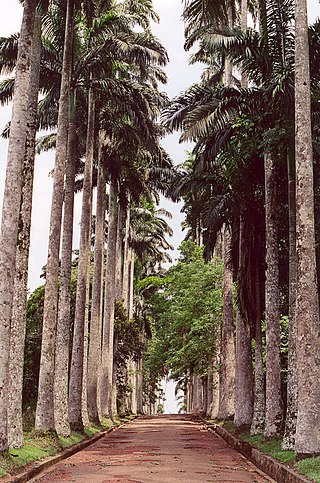
Aburi is a town in the Akuapim South Municipal District of the Eastern Region of south Ghana famous for the Aburi Botanical Gardens and the Odwira festival. Aburi has a population of 18,701 people as of 2013.
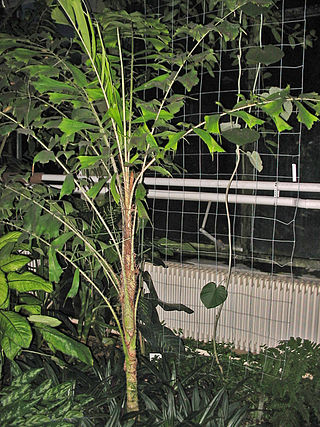
Aiphanes is a genus of spiny palms which is native to tropical regions of South and Central America and the Caribbean. There are about 26 species in the genus, ranging in size from understorey shrubs with subterranean stems to subcanopy trees as tall as 20 metres (66 ft). Most have pinnately compound leaves ; one species has entire leaves. Stems, leaves and sometimes even the fruit are covered with spines. Plants flower repeatedly over the course of their lifespan and have separate male and female flowers, although these are borne together on the same inflorescence. Although records of pollinators are limited, most species appear to be pollinated by insects. The fruit are eaten by several birds and mammals, including at least two species of amazon parrots.

The China National Botanical Garden is a national botanical garden located in Haidian, Beijing, China. Chartered in 2022, the garden is co-sponsored by the National Forestry and Grassland Administration, the Ministry of Housing and Urban-Rural Development, the Chinese Academy of Sciences, and the Beijing Municipal People's Government.
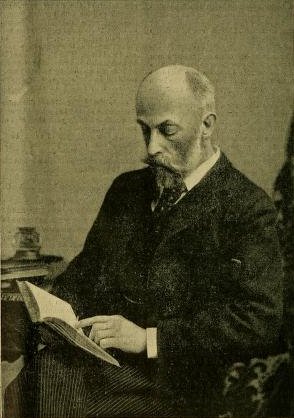
Sir William Turner Thiselton-Dyer was a leading British botanist, and the third director of the Royal Botanic Gardens, Kew.
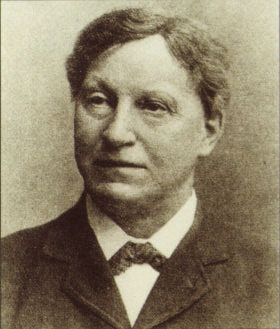
Frederick William Thomas Burbidge (1847–1905) was a British explorer who collected many rare tropical plants for the famous Veitch Nurseries.

William Thomas Stearn was a British botanist. Born in Cambridge in 1911, he was largely self-educated and developed an early interest in books and natural history. His initial work experience was at a Cambridge bookshop, but he also had an occupation as an assistant in the university botany department. At the age of 29, he married Eldwyth Ruth Alford, who later became his collaborator.

Tetteh Quarshie was a agriculturalist in the British Colony of Gold Coast and the person directly responsible for the introduction of cocoa crops to Gold Coast, which today constitute one of the major export crops of the Ghanaian economy, the country Gold Coast became in 1957. Quarshie travelled to the island of Fernando Po in 1870 and returned in 1876 to Ghana in order to introduce the crop. He died on Christmas Day 1892.

Kew Gardens is a botanic garden in southwest London that houses the "largest and most diverse botanical and mycological collections in the world". Founded in 1840, from the exotic garden at Kew Park, its living collections include some of the 27,000 taxa curated by Royal Botanic Gardens, Kew, while the herbarium, one of the largest in the world, has over 8.5 million preserved plant and fungal specimens. The library contains more than 750,000 volumes, and the illustrations collection contains more than 175,000 prints and drawings of plants. It is one of London's top tourist attractions and is a World Heritage Site.
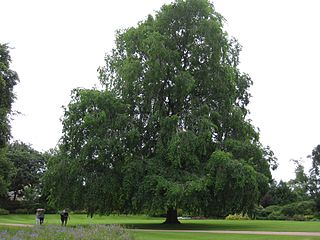
Ulmus × hollandica 'Wentworthii Pendula', commonly known as the Wentworth Elm or Wentworth Weeping Elm, is a cultivar with a distinctive weeping habit that appears to have been introduced to cultivation towards the end of the 19th century. The tree is not mentioned in either Elwes and Henry's or Bean's classic works on British trees. The earliest known references are Dutch and German, the first by de Vos in Handboek tot de praktische kennis der voornaamste boomen (1890). At about the same time, the tree was offered for sale by the Späth nursery of Berlin as Ulmus Wentworthi pendulaHort.. The 'Hort.' in Späth's 1890 catalogue, without his customary label "new", confirms that the tree was by then in nurseries as a horticultural elm. De Vos, writing in 1889, states that the Supplement to Volume 1 includes entries announced since the main volume in 1887, putting the date of introduction between 1887 and 1889.

Thonningia is a monotypic genus of flowering plants in the family Balanophoraceae containing the single species Thonningia sanguinea. It is distributed throughout much of southern and western Africa, particularly the tropical regions. Common names for the plant include ground pineapple. A familiar plant to humans, it has an extremely long list of common names in many African languages. Many names are inspired by the resemblance of the plant's inflorescence to a pineapple or palm tree. Some of the names can be translated as pineapple of the bush, duiker's kolanut, and crown of the ground.

Henarathgoda Botanical Garden, also known as Gampaha Botanical Garden, is one of the six botanical gardens in Sri Lanka. The botanical garden is situated on the Gampaha-Minuwangoda main road, approximately 450 m (1,480 ft) away from Gampaha railway station. It is about 29 km (18 mi) from Sri Lanka's commercial capital of Colombo.
Tourism in Ghana is regulated by the Ministry of Tourism, Arts & Culture. This ministry is responsible for the development and promotion of tourism related activities in Ghana.
Sir Daniel Morris (1844–1933) was a British administrator, horticulturist and botanist, who worked mainly in the Caribbean region. He was knighted in 1903.
Leopold Farmar (1878–1907) was a British botanist.
Susyn M. Andrews is a British taxonomic horticulturist. Her research has focussed on temperate and subtropical woody plants, especially Holly and Lavender.
























